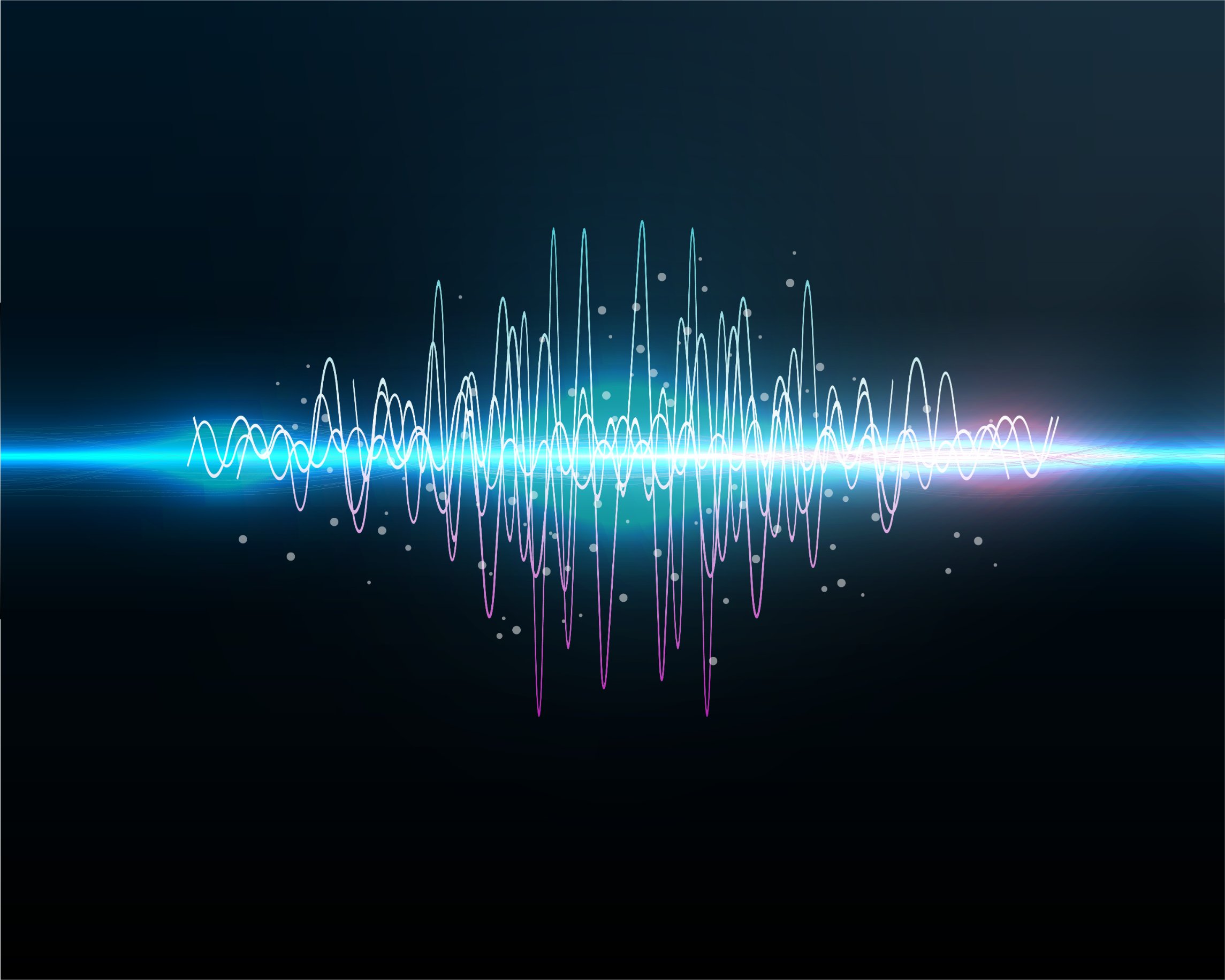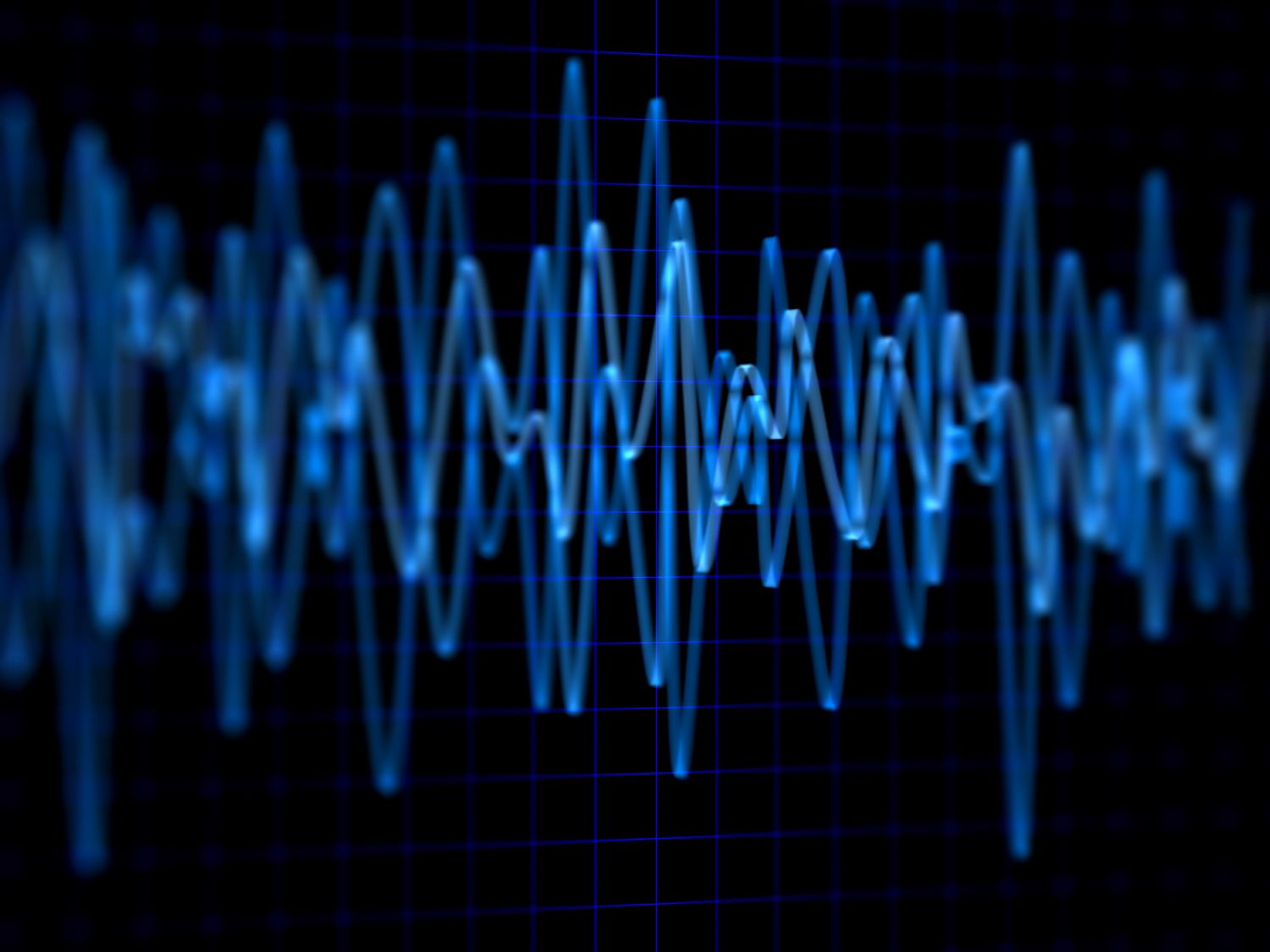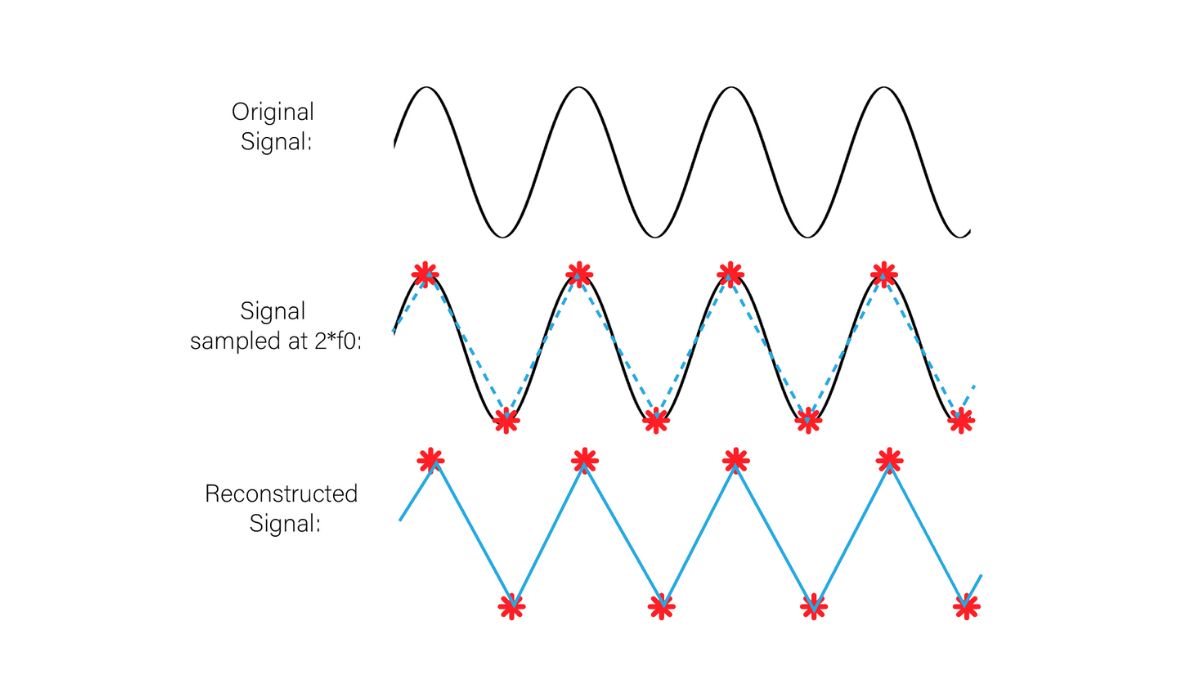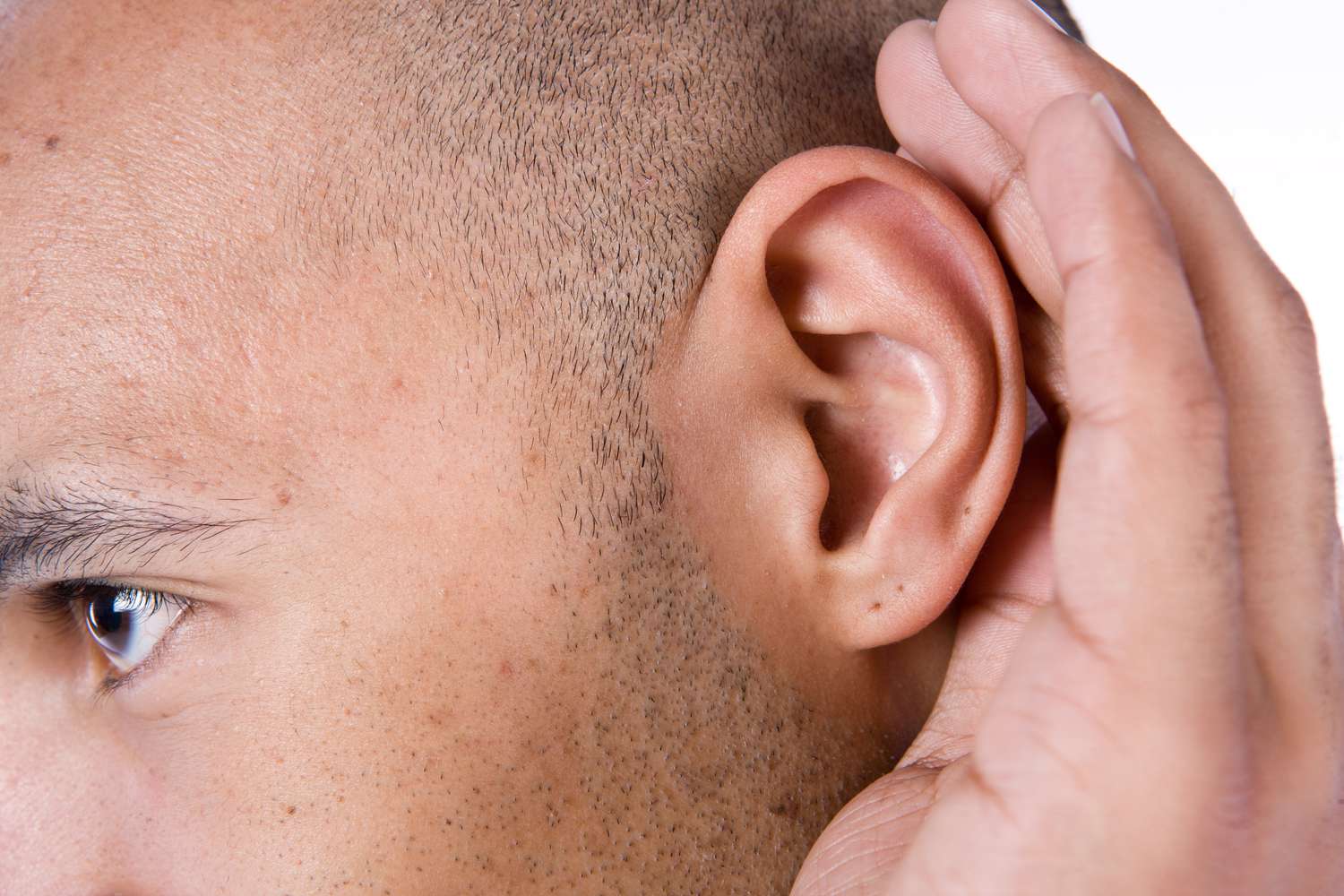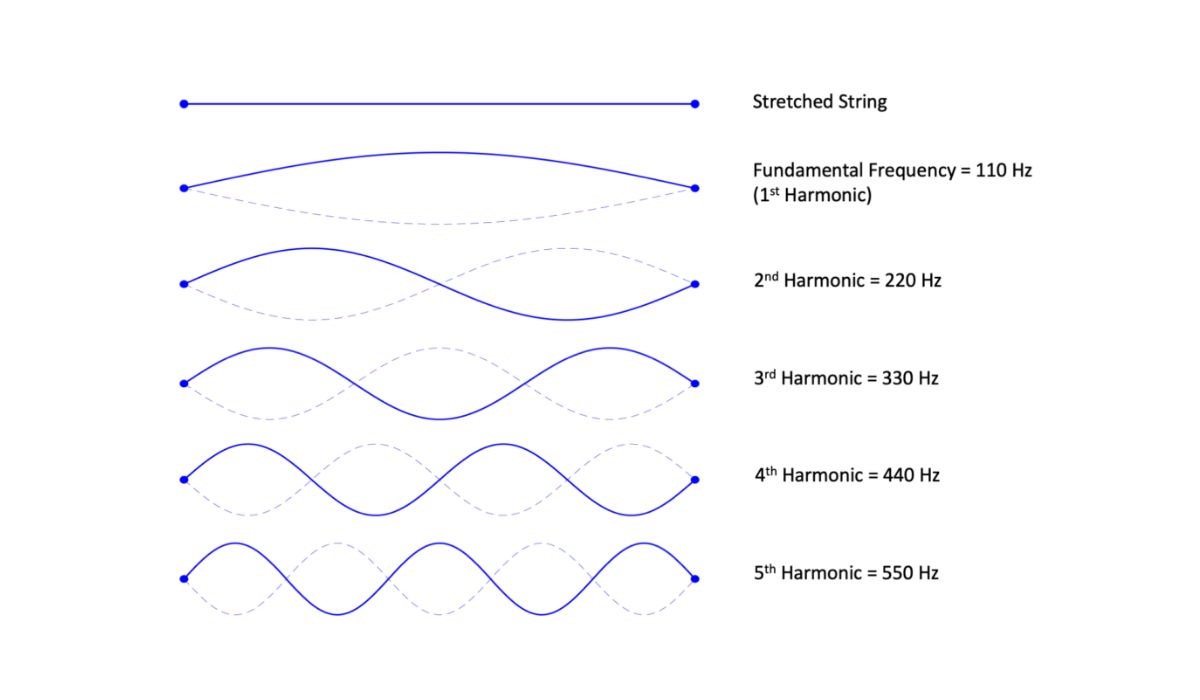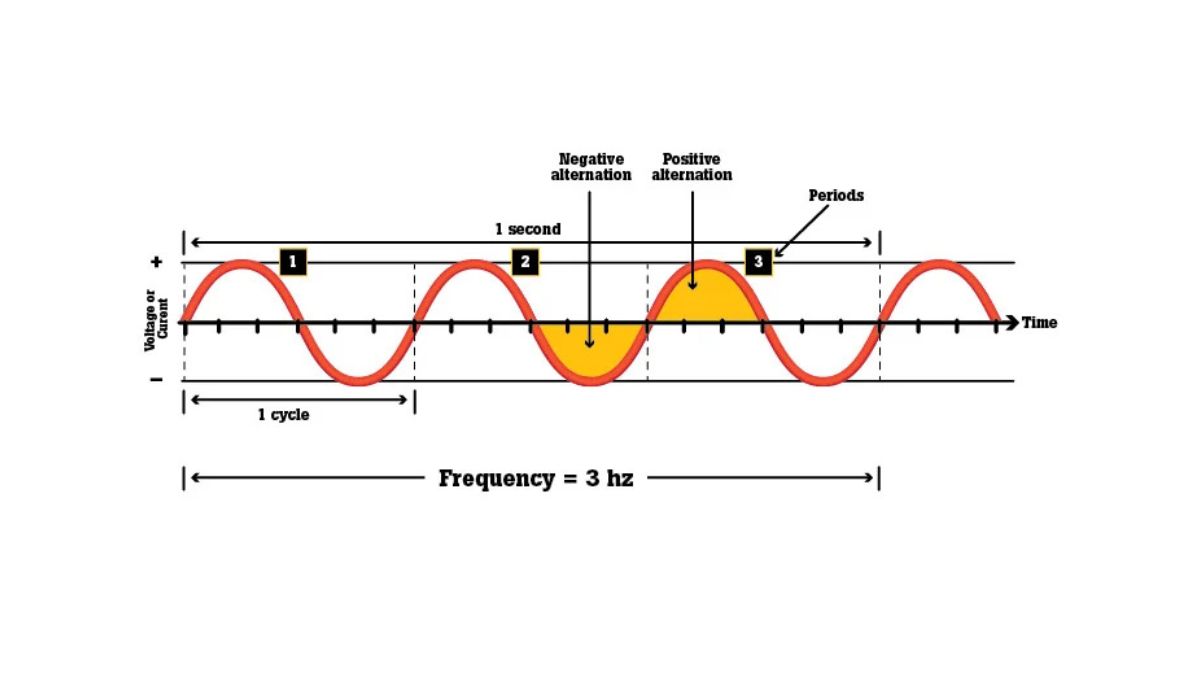Home>Events & Info>Frequency>What Is The Frequency Of Sound Waves
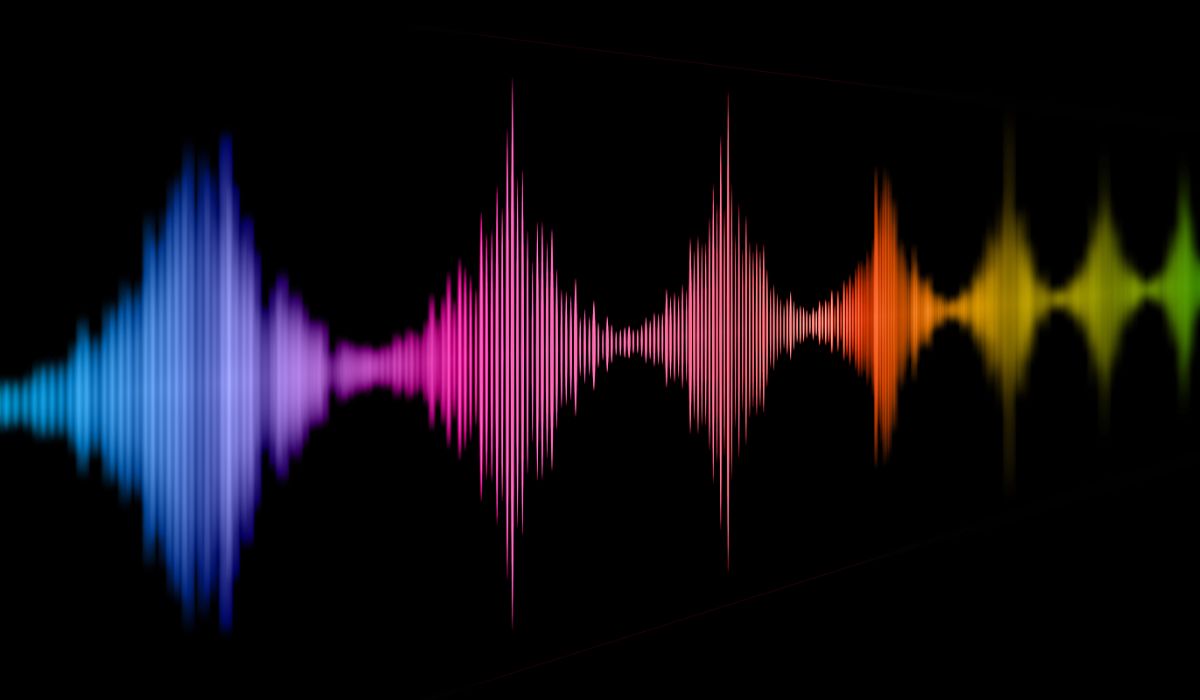

Frequency
What Is The Frequency Of Sound Waves
Published: February 18, 2024
Learn about the frequency of sound waves and how it affects our perception of sound. Understand the relationship between frequency and pitch. Gain insights into the properties of sound waves.
(Many of the links in this article redirect to a specific reviewed product. Your purchase of these products through affiliate links helps to generate commission for AudioLover.com, at no extra cost. Learn more)
Table of Contents
Introduction
Understanding the Fundamental Nature of Sound Waves
Sound is an integral part of our daily lives, shaping our experiences and interactions with the world around us. From the melodious chirping of birds to the rhythmic beats of our favorite tunes, sound waves play a crucial role in our perception of the environment. At its core, sound is a form of energy that travels through a medium, such as air, water, or solids, in the form of waves. These waves have unique characteristics, including frequency, amplitude, and wavelength, which determine the pitch, volume, and timbre of the sounds we hear.
Sound waves are the result of mechanical vibrations that propagate through a medium, causing particles to oscillate and transmit energy from one point to another. When an object vibrates, it creates a disturbance in the surrounding medium, leading to the formation of compressions and rarefactions that constitute the sound wave. This dynamic process enables sound to travel over short or long distances, allowing us to communicate, perceive music, and experience the rich tapestry of auditory sensations that define our world.
In this comprehensive exploration, we will delve into the intricate realm of sound waves, focusing on the fundamental concept of frequency and its profound impact on the nature of sound. By unraveling the science behind sound frequency, we can gain a deeper appreciation for the role of waves in shaping our auditory experiences and technological advancements. Join us on this enlightening journey as we unravel the mysteries of sound waves and uncover the significance of frequency in the sonic landscape.
Definition of Sound Waves
Sound waves are the manifestation of mechanical vibrations that propagate through a medium, such as air, water, or solids, creating auditory sensations through the stimulation of the human ear. These waves are characterized by their unique properties, including frequency, amplitude, and wavelength, which collectively determine the perceptual qualities of sound.
At its essence, a sound wave is a longitudinal wave, meaning that the oscillations occur in the same direction as the wave’s propagation. As a result, the particles within the medium move parallel to the direction of the wave, forming compressions and rarefactions that constitute the wave pattern. This distinctive mechanism enables sound to travel through various mediums, allowing us to perceive and interpret a diverse range of auditory stimuli.
The frequency of a sound wave refers to the number of oscillations or cycles it completes within a specific time frame, typically measured in hertz (Hz). This fundamental characteristic determines the pitch of the sound, with higher frequencies corresponding to higher pitches and lower frequencies associated with lower pitches. In contrast, the amplitude of a sound wave represents the magnitude of its oscillations, influencing the perceived volume or intensity of the sound. Additionally, the wavelength of a sound wave corresponds to the spatial distance between successive compressions or rarefactions, playing a crucial role in defining the tonal quality of the sound.
Sound waves are omnipresent in our environment, emanating from a myriad of sources, including musical instruments, human speech, natural phenomena, and technological devices. By comprehending the intrinsic nature of sound waves and their defining characteristics, we can unravel the complexities of auditory perception and the mechanisms underlying the transmission of sound.
Frequency of Sound Waves
Frequency serves as a cornerstone in the realm of sound waves, exerting a profound influence on the auditory landscape. Defined as the rate at which a sound wave completes a cycle of compression and rarefaction within a specific time period, frequency directly governs the pitch of the sound. This pivotal attribute is measured in hertz (Hz), with one hertz equivalent to one cycle per second. In essence, the frequency of a sound wave determines whether we perceive it as a high-pitched squeal, a resonant mid-range hum, or a deep bass rumble.
When a sound wave exhibits a high frequency, it signifies that it completes numerous cycles in a short duration, resulting in a higher pitch perceptible to the human ear. Conversely, a low frequency corresponds to a slower rate of oscillation, yielding a lower pitch. For instance, the piercing notes of a soprano singer’s voice are characterized by high frequencies, while the deep resonance of a bass guitar emanates from lower frequencies.
Furthermore, the concept of frequency extends beyond musical notes, encompassing a diverse array of sounds encountered in our surroundings. From the chirping of birds and the rustling of leaves to the rumble of thunder and the cacophony of urban life, sound waves of varying frequencies contribute to the rich tapestry of auditory experiences.
Moreover, the human auditory system exhibits remarkable sensitivity to a broad spectrum of frequencies, spanning from the lower limits of 20 Hz to the upper thresholds of 20,000 Hz, with individual variations influenced by factors such as age and exposure to loud noises. This expansive range enables us to discern the nuances of musical melodies, decipher speech patterns, and detect subtle environmental sounds, underscoring the pivotal role of frequency in shaping our auditory perceptions.
By unraveling the intricacies of sound frequency, we can gain a deeper appreciation for the diverse sonic landscape that surrounds us, transcending the boundaries of language and culture to connect with the universal language of sound.
Measuring Sound Frequency
Measuring the frequency of sound waves is a fundamental aspect of understanding the auditory world, enabling us to quantify and interpret the pitch and tonal characteristics of diverse sounds. The unit of frequency, hertz (Hz), serves as a pivotal metric for assessing the rate of oscillation exhibited by sound waves, offering valuable insights into the perceptual qualities of the auditory stimuli.
One of the primary methods for measuring sound frequency involves the use of specialized devices known as frequency counters or spectrum analyzers. These sophisticated instruments are designed to capture and analyze the spectral content of sound waves, providing detailed information about the distribution of frequencies within a given audio signal. By employing advanced signal processing techniques, frequency counters can accurately determine the dominant frequencies present in the sound, facilitating precise measurements and analysis.
Furthermore, sound frequency can be ascertained through the utilization of sound level meters equipped with octave band analysis capabilities. These instruments offer a comprehensive assessment of sound frequency across different frequency bands, allowing for the characterization of sound in terms of its spectral composition and tonal attributes. By capturing data across multiple frequency ranges, octave band analysis provides a nuanced understanding of the frequency distribution within a sound, enabling engineers, acousticians, and researchers to evaluate and optimize sound quality in diverse settings.
In addition to specialized equipment, modern digital audio software and hardware platforms offer powerful tools for measuring sound frequency with high precision. Through the use of spectral analysis functions and real-time frequency displays, audio professionals can visualize and quantify the frequency content of sound waves, facilitating the fine-tuning of audio recordings, live performances, and acoustical environments.
Moreover, the human auditory system inherently possesses the remarkable ability to discern and interpret the frequencies of sound waves, allowing individuals to perceive and differentiate various pitches and tonal qualities. This innate capacity for frequency perception underlines the significance of sound frequency as a fundamental element of human auditory experience, shaping our appreciation of music, speech, and environmental sounds.
By harnessing advanced measurement techniques and leveraging the inherent sensitivity of the human ear, we can gain profound insights into the intricate world of sound frequency, unlocking new dimensions of auditory perception and technological innovation.
Applications of Sound Frequency
The concept of sound frequency permeates a diverse array of applications, spanning from artistic expression and entertainment to scientific exploration and technological advancements. The nuanced interplay of frequencies within sound waves underpins a myriad of innovative uses, shaping our experiences and driving progress across various domains.
In the realm of music and audio production, sound frequency serves as a fundamental building block for creating captivating compositions and immersive sonic experiences. Musicians and audio engineers harness the power of frequency to sculpt the tonal characteristics of instruments, vocals, and electronic sounds, shaping the timbre and emotional resonance of musical arrangements. Through the manipulation of frequencies using equalization, filtering, and synthesis techniques, artists can craft dynamic sonic landscapes that evoke powerful emotional responses and convey intricate musical narratives.
Moreover, the field of acoustics leverages sound frequency to engineer optimal auditory environments, ranging from concert halls and recording studios to public spaces and residential settings. By meticulously analyzing and controlling the distribution of frequencies within architectural spaces, acousticians can enhance sound clarity, minimize reverberation, and optimize the listening experience for audiences and occupants. This meticulous attention to sound frequency enables the creation of acoustically pristine environments that elevate the enjoyment of music, speech, and live performances.
In the realm of medical diagnostics and healthcare, sound frequency plays a pivotal role in diagnostic imaging techniques such as ultrasound. By emitting high-frequency sound waves into the body and capturing the echoes reflected by internal tissues and organs, medical professionals can visualize anatomical structures and detect abnormalities with remarkable precision. The strategic manipulation of ultrasound frequencies enables non-invasive imaging modalities that empower healthcare providers to diagnose conditions, monitor fetal development, and guide minimally invasive procedures, revolutionizing the landscape of medical imaging and patient care.
Furthermore, sound frequency finds extensive utility in the realm of communication and telecommunication technologies. From the transmission of speech and music over telecommunication networks to the encoding of digital audio signals, the manipulation and transmission of sound frequencies underpin the seamless exchange of auditory information across vast distances. Through innovative modulation and encoding schemes, engineers and researchers continue to expand the frontiers of audio communication, enabling high-fidelity audio streaming, real-time voice communication, and immersive teleconferencing experiences.
The pervasive influence of sound frequency extends into diverse scientific disciplines, including environmental monitoring, wildlife conservation, and geological exploration. Researchers leverage the analysis of sound frequencies to study animal vocalizations, monitor ecosystem health, and investigate seismic activity, unveiling new insights into the natural world and fostering conservation efforts.
By harnessing the multifaceted applications of sound frequency, we can unlock new frontiers of artistic expression, scientific discovery, and technological innovation, harnessing the power of waves to shape our world and enrich the human experience.
Conclusion
Sound frequency stands as a cornerstone of the auditory experience, shaping the rich tapestry of sounds that permeate our daily lives. From the ethereal melodies of music to the subtle cadences of human speech, the concept of frequency underpins our perception of sound, transcending cultural and linguistic boundaries to connect us with the universal language of waves.
By delving into the fundamental nature of sound waves and unraveling the intricate nuances of frequency, we gain a profound appreciation for the role of waves in shaping our auditory experiences and technological advancements. The dynamic interplay of frequencies within sound waves fosters a diverse array of applications, spanning from artistic expression and entertainment to scientific exploration and healthcare innovations.
As we navigate the multifaceted landscape of sound frequency, we uncover its pivotal role in music production, acoustical engineering, medical diagnostics, telecommunication technologies, and environmental research. The pervasive influence of sound frequency permeates diverse domains, driving progress and innovation while enriching our experiences with the captivating allure of waves.
Moreover, sound frequency serves as a testament to the remarkable sensitivity and perceptual acuity of the human auditory system, enabling us to discern a broad spectrum of frequencies and appreciate the intricate tonal qualities of diverse sounds. This inherent capacity for frequency perception underscores the profound connection between waves and human cognition, shaping our emotional responses and enriching our interactions with the auditory world.
As we continue to explore the boundless potential of sound frequency, we embark on a journey of discovery and innovation, harnessing the power of waves to shape our world and elevate the human experience. Whether it’s the harmonious resonance of musical compositions, the precision of medical imaging technologies, or the seamless exchange of auditory information, the influence of sound frequency reverberates across diverse realms, uniting us in the universal symphony of waves.
In essence, the exploration of sound frequency unveils the intricate interplay of waves, transcending the boundaries of language and culture to connect us with the profound beauty of auditory sensations. As we embrace the captivating allure of sound frequency, we embark on a transformative odyssey, unlocking new dimensions of perception, creativity, and technological ingenuity.

